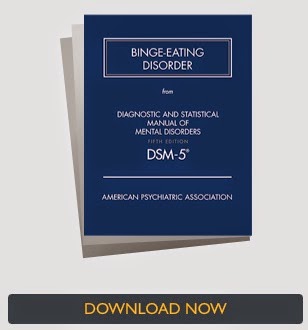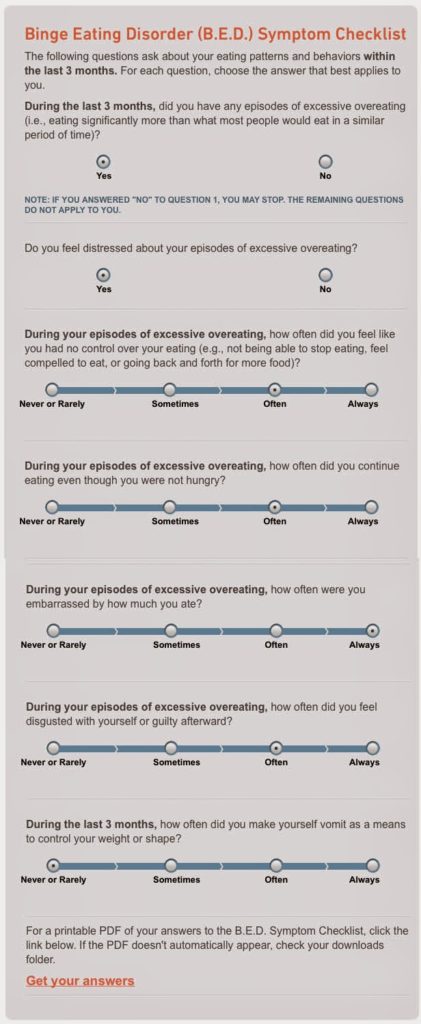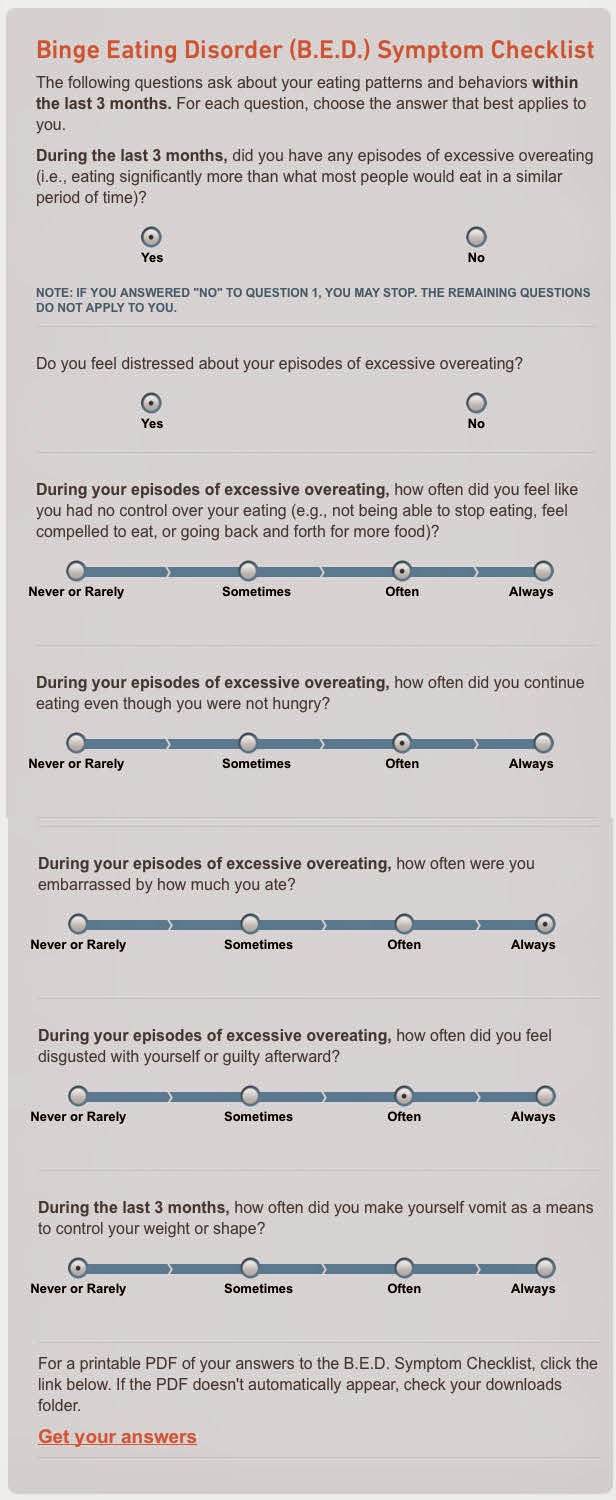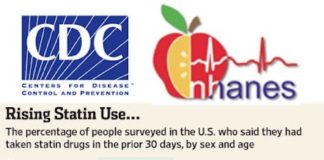After writing yesterday’s blog post about Monica Seles helping Shire promote Vyvanse for Binge Eating Disorder (B.E.D.), which is a new indication for the ADHD drug, I wondered if this would make it easier for young people to obtain prescriptions for Vyvanse, which is a Schedule II controlled substance with a high potential for abuse.
Like overweight college students, I too could use a little “pick me up” pill from time to time.
Since there is no lab test to confirm a B.E.D. diagnosis, all I have to do to get a prescription for Vyvanse is convince a doctor that I meet all of the DSM-5® diagnostic criteria for binge eating disorder, which Shire provides here on the BingeEatingDisorder.com website.

Of course, I have to “certify that [I am] a US health care professional and [I am] opting to receive information about binge eating disorder plus site updates, educational information, patient support resources, and other information from Shire,” which anyone can do — even me, who is definitely NOT a health care professional. No problem, that was easy.
But just in case you are reluctant to pose as a doctor and opt in for email from Shire, you can avoid the DSM and use Shire’s handy “Binge Eating Disorder (B.E.D.) Symptom Checklist,” which you can find on the “Talking With Your Doctor” page where “Starting the Conversation Is Key.”
It’s easy to use the Checklist and get a printout (pdf file) to bring to your doctor. Here’s how I filled in the Checklist and the advice I got from Shire on “starting the conversation” with my doctor – a surefire way of getting a prescription for Vyvanse and the boost I need during my busy day.
 |
| Click on image for enlarged view. |
I am confident that my answers demonstrate that I meet the DSM-5 criteria for B.E.D. Firstly, I read the criteria and secondly, Shire tells me all I need to know on the “What Is Binge Eating Disorder (B.E.D.)?” page of the BingeEatingDisorder.com website.
In addition, Shire provides the following advice for convincing my doctor that I have B.E.D. when I click on the “Get your answers” link at the end of the checklist:
“Though you may feel uncomfortable bringing up the subject of your eating behaviors, it’s important to remember that you are not the first. Other adults have already had this same conversation with their health care providers. If you’re not comfortable talking with others in the room, don’t hesitate to say that you have something you’d like to discuss privately. Then, start the discussion. There are several ways to do it, such as saying:
- “I’d like to share a B.E.D. Symptom Checklist with you because my answers describe my experiences.”
- “Recently I saw something on TV about Binge Eating Disorder.”
- “I recently read an article about B.E.D.”
- “I found information on the internet about B.E.D.”
- “One of my family members has B.E.D. and I read that it may run in families.”
- “My eating binges upset me.”
- “I’d like to talk about what my eating binges are like for me.”
“These are just a few ways to start the conversation with your health care provider—there are many others,” notes Shire. “Choose one that’s right for you. Once you’ve started the conversation, it’s important that you help your health care provider understand why you want to talk about it. It may be helpful to use the checklist to point out your concerns. Or you may want to discuss the details of a recent binge and how losing control of your eating makes you feel.”
My doctor might wonder why I’m coming to her now about my binge eating and not many years ago when I first started having this problem. Well, I recently read in People Magazine that Monica Seles just revealed she suffers from B.E.D. and kept it a secret for many years. Like Monica — who is paid by Shire to be a spokesperson — “It took a while until I felt comfortable talking about it.”
If Monica can do it, so can I.
So doc, do I get my Vyvanse prescription now or do I have to find another doctor?
P. S. I’ve often criticized symptom checklists that pharma marketers use to convince people they may have a medical problem that their company’s pill will solve (see, for example, here and here). Shire’s B.E.D. checklist, however, is not going to convince anyone they have a binge eating disorder — if you have the problem, it’s pretty obvious and you don’t need no stinkin’ checklist.
Shire’s B.E.D. symptom checklist, IMHO, is a perfect aid for people who wish to abuse a dangerous Schedule II controlled stimulant. I suggest that Shire remove this tool from its website to prevent possible abuse of this medication.









![6 Digital Tools at the Center of Healthcare Digitalization [INFOGRAPHIC]](http://ec2-54-175-84-28.compute-1.amazonaws.com/pharma-mkting.com/wp-content/uploads/2021/04/6DigitalTools_600px-100x70.jpg)




